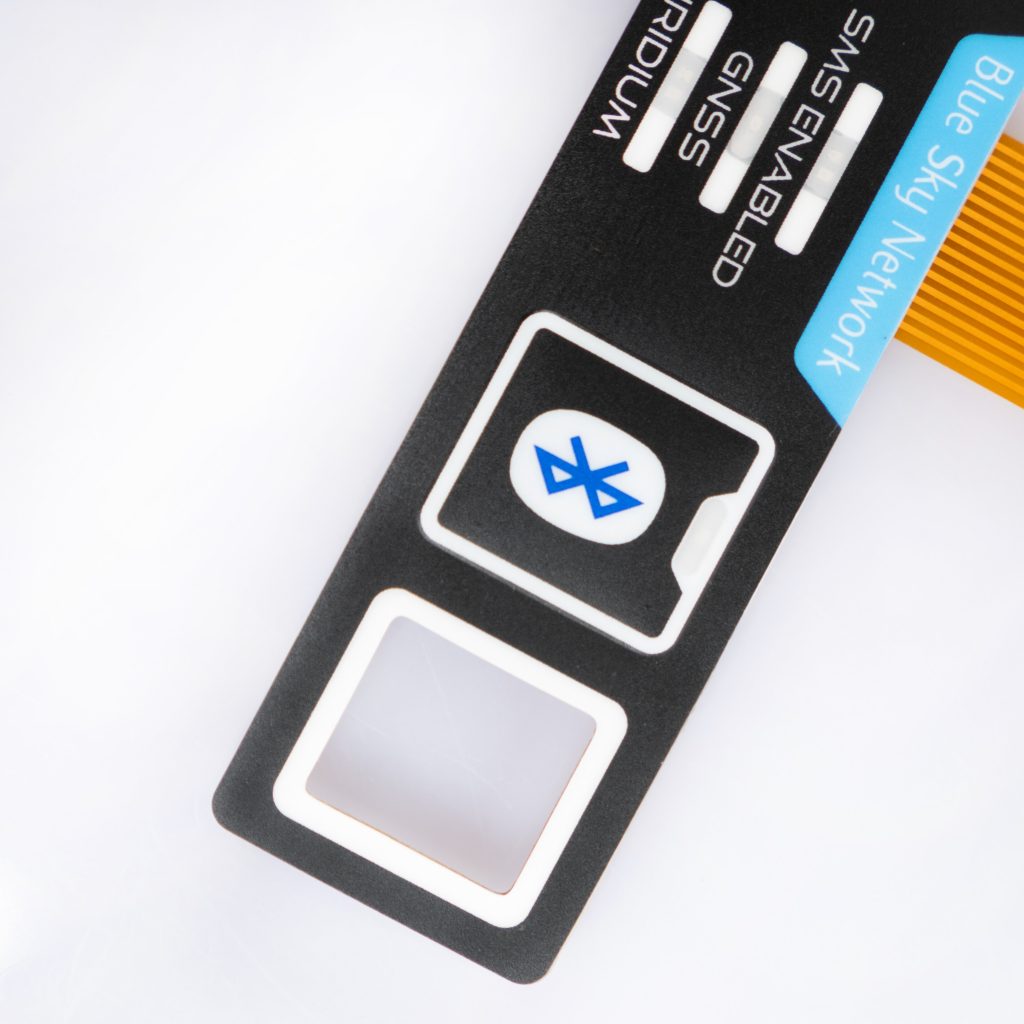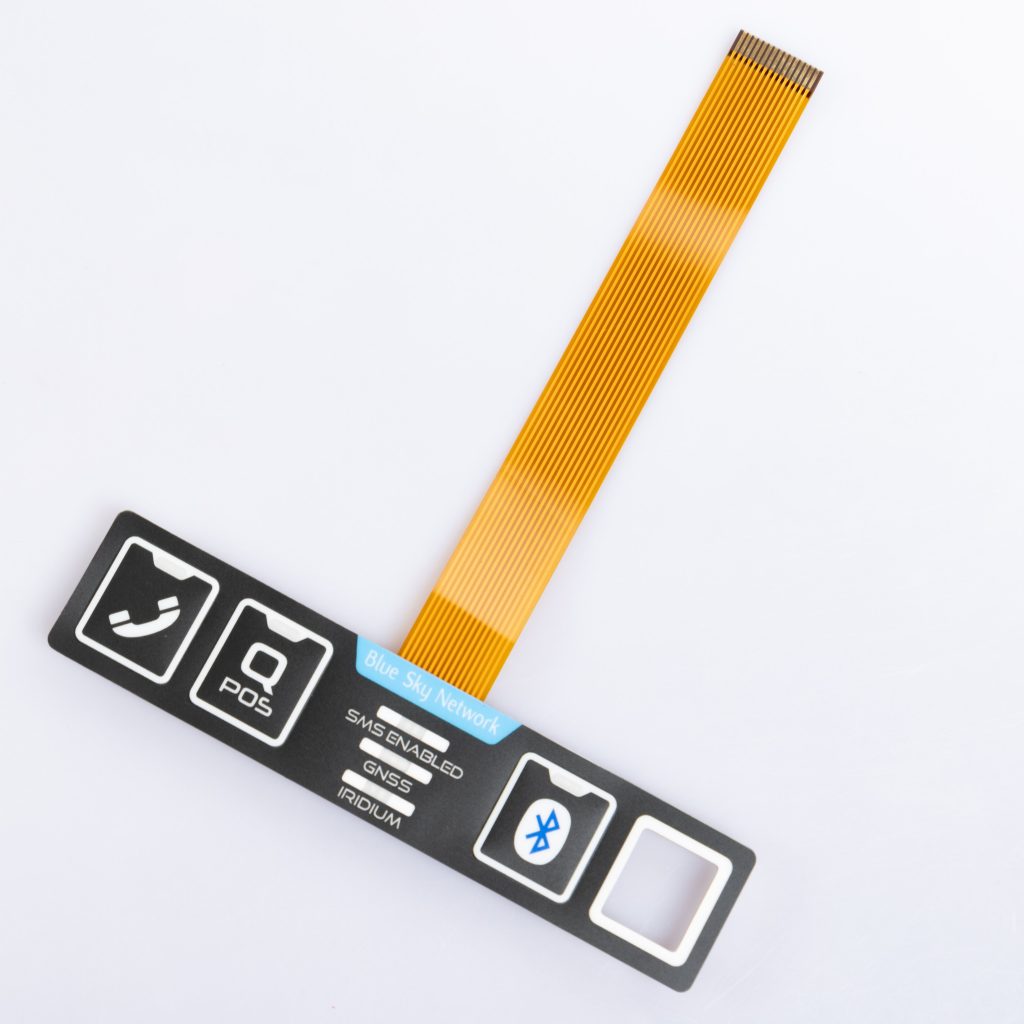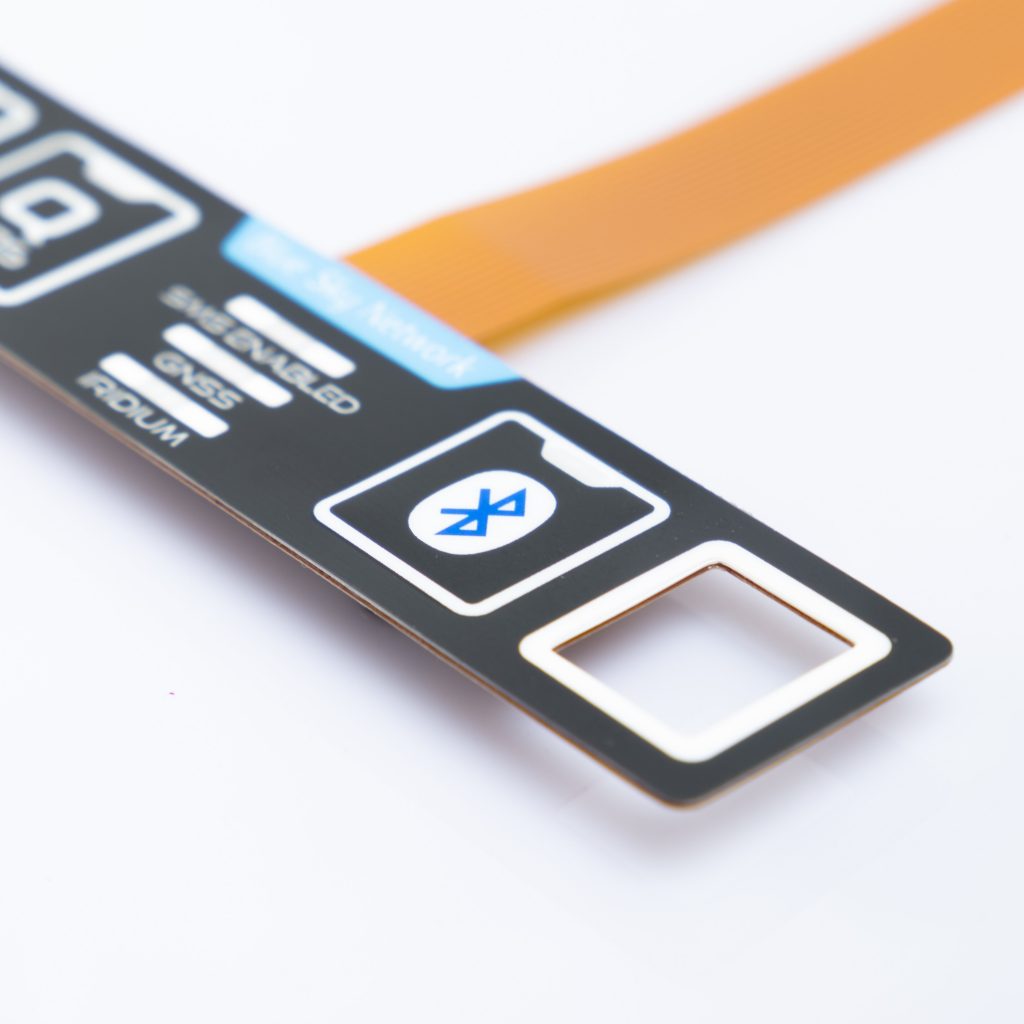Introduction
In today’s technological era, membrane switches have become an integral part of various electronic devices. They offer a convenient and user-friendly interface for controlling functions and operations. One critical component of membrane switches is the LED (Light Emitting Diode), which provides visual feedback and enhances the user experience. However, like any electronic component, LEDs are prone to aging, which can affect their performance and lifespan. In this article, we will explore effective methods to prevent LED aging in membrane switches and ensure their longevity.
How to Effectively Prevent LED Aging of Membrane Switch?
Understanding LED Aging and Its Causes
Before delving into preventive measures, it is crucial to understand LED aging and the factors contributing to it. LED aging refers to the gradual degradation of LED performance over time. The primary causes of LED aging are:
- Temperature: Excessive heat generated during operation can accelerate LED aging. High temperatures can cause the semiconductor materials within the LED to deteriorate, leading to reduced brightness and color shifts.
- Electrical Stress: Overdriving LEDs with excessive current can significantly impact their lifespan. Higher currents generate more heat, leading to thermal stress and eventual degradation of the LED.
- Environmental Factors: Exposure to harsh environmental conditions, such as moisture, dust, and UV radiation, can contribute to LED aging. These factors can corrode the LED’s internal components and affect its performance.
Effective Preventive Measures
To ensure the longevity of LED-equipped membrane switches, it is essential to implement effective preventive measures. By following these guidelines, you can significantly reduce LED aging and maintain optimal performance:
1. Proper Thermal Management
Heat dissipation is crucial for preventing LED aging. Implementing effective thermal management techniques can keep the LED’s operating temperature within a safe range. Consider the following approaches:
- Heat Sinks: Utilize heat sinks to absorb and dissipate excess heat generated by the LEDs. Heat sinks are designed to increase the surface area exposed to the surrounding air, promoting efficient cooling.
- Ventilation: Incorporate ventilation systems or fans to enhance air circulation around the membrane switch. Adequate airflow prevents heat buildup and helps maintain lower operating temperatures.
2. Optimal Current Regulation
LEDs are highly sensitive to current fluctuations, making proper current regulation essential. Implement the following measures to ensure optimal current control:
- Current Limiting Resistors: Include current-limiting resistors in the circuit to regulate the current flowing through the LEDs. These resistors protect the LEDs from overcurrent, reducing the risk of accelerated aging.
- Constant Current Drivers: Implement constant current drivers to maintain a stable and precise current supply to the LEDs. These drivers compensate for voltage fluctuations and provide consistent power delivery.
3. Protection Against Environmental Factors
Shielding the membrane switch and LEDs from harsh environmental conditions can significantly extend their lifespan. Consider the following protective measures:
- Encapsulation: Apply a protective layer or encapsulant over the membrane switch and LEDs. This layer acts as a barrier against moisture, dust, and UV radiation, preventing corrosion and degradation.
- IP Rating: Choose membrane switches and enclosures with suitable IP (Ingress Protection) ratings. IP ratings indicate the level of protection against solids and liquids, ensuring the switch’s resilience to environmental factors.
4. Optimize LED Selection
Proper LED selection can significantly impact the lifespan and performance of membrane switches. Consider the following factors when choosing LEDs:
- Quality and Reliability: Opt for LEDs from reputable manufacturers known for producing high-quality and reliable components. These LEDs are often subjected to rigorous testing and offer longer lifespans.
- Efficiency: Select LEDs with high energy efficiency. Energy-efficient LEDs generate less heat, reducing the risk of thermal stress and prolonging their lifespan.
- Color Stability: Choose LEDs with excellent color stability over their operational lifespan. LEDs that maintain color accuracy and consistency ensure optimal visual performance.
5. Routine Maintenance and Inspection
Regular maintenance and inspection can help identify potential issues and prevent LED aging. Follow these practices:
- Cleaning: Periodically clean the membrane switch and LEDs using non-abrasive cleaning solutions and lint-free cloths. Removing dust and debris prevents blockage of ventilation and ensures optimal performance.
- Visual Inspection: Regularly inspect the membrane switch for signs of wear, damage, or discoloration. Promptly replace any faulty components to prevent further degradation.
FAQs (Frequently Asked Questions)
- Q: How often should I clean the membrane switch and LEDs? A: It is recommended to clean the membrane switch and LEDs every three to six months, depending on the environmental conditions and usage intensity.
- Q: Can I use a hairdryer to remove moisture from the membrane switch? A: It is not advisable to use a hairdryer or any other heat source for removing moisture from the membrane switch. Excessive heat can damage the components. Instead, gently blot the moisture with a clean, dry cloth and allow it to air dry.
- Q: Are all LEDs equally susceptible to aging? A: No, the susceptibility to aging varies among different LED manufacturers and models. It is essential to choose LEDs from reputable manufacturers known for their quality and reliability.
- Q: Can I replace individual LEDs in a membrane switch? A: In most cases, individual LEDs can be replaced in a membrane switch. However, it is recommended to consult the manufacturer or seek professional assistance to ensure proper replacement procedures.
- Q: Is it necessary to follow all preventive measures mentioned in the article? A: While following all preventive measures will provide optimal LED lifespan, implementing as many as possible based on your specific requirements and constraints will significantly reduce LED aging.
- Q: Can LED aging be reversed or repaired? A: LED aging is a gradual process and cannot be entirely reversed. However, taking preventive measures can slow down the aging process and extend the LED’s usable lifespan.
Conclusion
Effectively preventing LED aging in membrane switches is essential for ensuring their optimal performance and longevity. By implementing proper thermal management, optimal current regulation, protection against environmental factors, LED optimization, and routine maintenance, you can significantly reduce LED aging and maintain a reliable and durable membrane switch. Remember to choose high-quality components, follow manufacturer guidelines, and regularly inspect and maintain the switch to maximize its lifespan.


